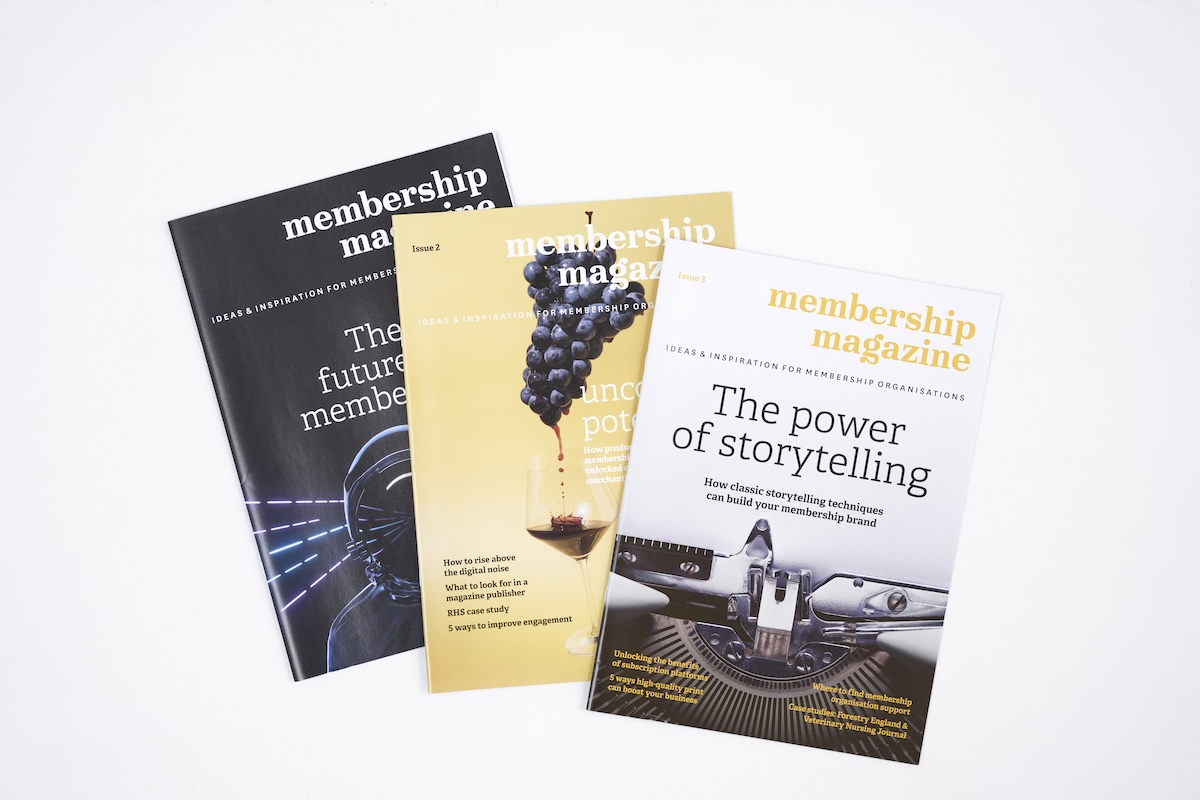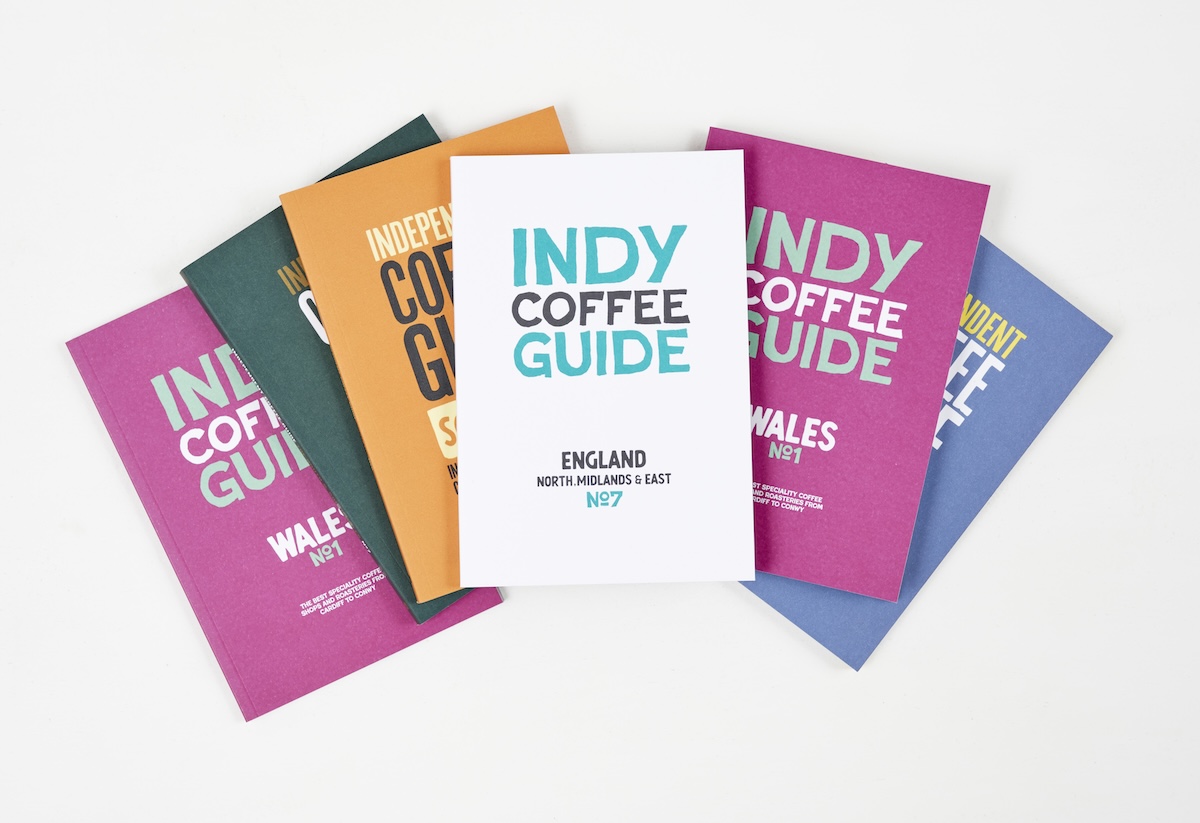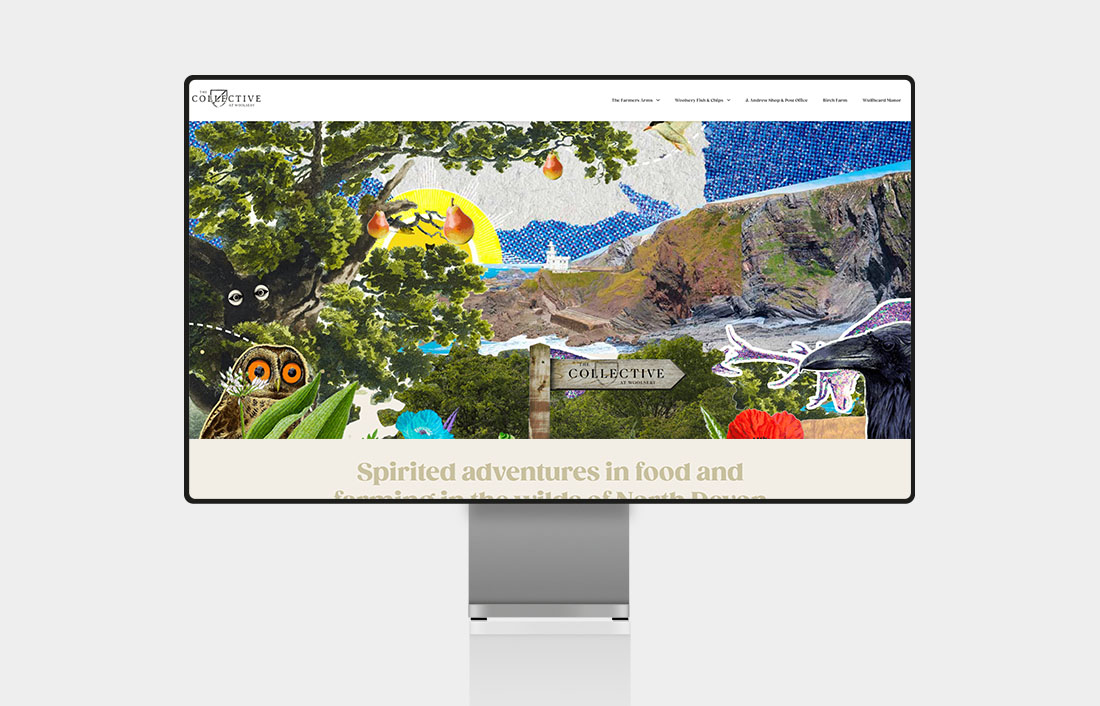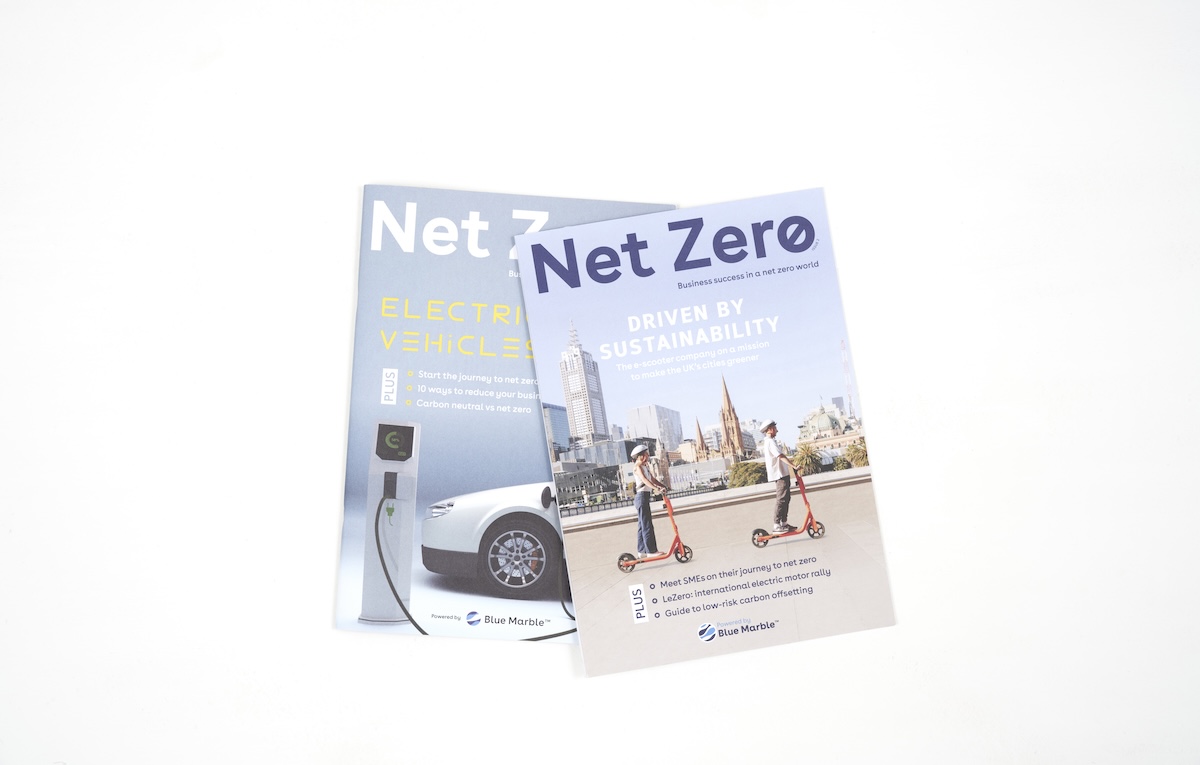Nick Cooper of Salt Media reveals how to use the power of storytelling to forge an emotional connection with your customers
In the battle to reach your audience storytelling is your secret weapon. When a story is memorable and connects emotionally with your customers or members it becomes meaningful, encouraging not just an immediate call to action but also word-of-mouth recommendations about your product, service or brand.
We’ve pulled together 6 easy elements to include in your communications to harness the power of storytelling.
Identify your hero
A common mistake many organisations make is to put themselves at the heart of their brand story when the hero of the story is the customer.
As a membership organisation, your role is to act as a valuable and trusted guide who can show your hero the path to achieve what they need to do or help them get to where they need to go. By tapping into your members’ hopes, fears and desires, you can prompt them to take action.
The first step is to identify your target demographic and find out what they need from you. Build a picture of your ideal customer, taking into account their age, job, life stage, interests, passions and pastimes. Once you can visualise them, you can create tailored communications.

Understand their pain points
In almost every story, the main character has a problem that needs to be resolved. This is true in all genres, from romances and thrillers to adventures and comedy. It’s your job to figure out where the conflict lies within your hero, and how you can help them resolve it.
For example, meal-subscription services such as Gousto and Mindful Chef understand that the customer is time-poor, so provide a solution that enables them to rustle up healthy, quick and easy meals from home without going to the supermarket. Conservation charities know their prospective supporters are worried about the planet, so appeal to their empathetic nature by sharing case studies which encourage them to donate.
The power of storytelling lies in identifying and resolving conflict. What conflicts do your customers members face, and how can you help them resolve these issues?
Offer clear and simple solutions
The key to good storytelling is to keep it simple. Avoid shoehorning in too many messages at once, as it leads to confusion and overwhelm.
Streaming sites like Netflix offer thousands of shows and films but use algorithms based on your viewing to whittle down the offering to a handful of personalised recommendations. Take that on board and, even if you sell multiple products, make your message specific. If you only focus on one or two aspects of your business in your marketing, it will be clear to your audience what you’re asking them to do. In other words, choice isn’t always better.
Challenge them to take action
Once you’ve caught the attention of a prospective customer, you can compel them to act – whether that’s by taking out a subscription, buying a product, signing up for a newsletter or sharing their opinion. Be bold in your calls to action: you want them to know you have faith in your product.
Direct calls to action include ‘buy now’, ‘sign up’ and ‘register here’, while transactional calls to action can be used if you’ve piqued a potential customer’s interest but want to motivate them to act. This might include offering a free trial or samples of your product or sharing free information such as magazines, videos, white papers and podcasts.
Share their happy ending
The best stories end happily, so why not invite your customers to share their experiences with you? Positive testimonials and word-of-mouth marketing are extremely powerful.
Follow up a sale with an invitation to share feedback on your website or on a review site like Trustpilot. If a story is compelling, ask your customer if they’d be happy to be featured as a case study in a video, or in a write-up on your website or your members’ magazine. Prospective new customers will respond favourably to real-life stories that resonate with them.
Don’t forget the sequel
Most successful stories have a follow-up, so don’t be afraid to invite your customer on a new journey with you. Follow up the sale with a new communications stream tailored to their preferences. Send them an email recommending new products or services, offer them exclusive customer discounts, or post them a branded magazine or brochure. All of these things will make them feel part of your community and ensure they feature in the next chapter of your brand story.
If you’d like more information about how we can help your organisation be more meaningful and memorable you can reach us here.













